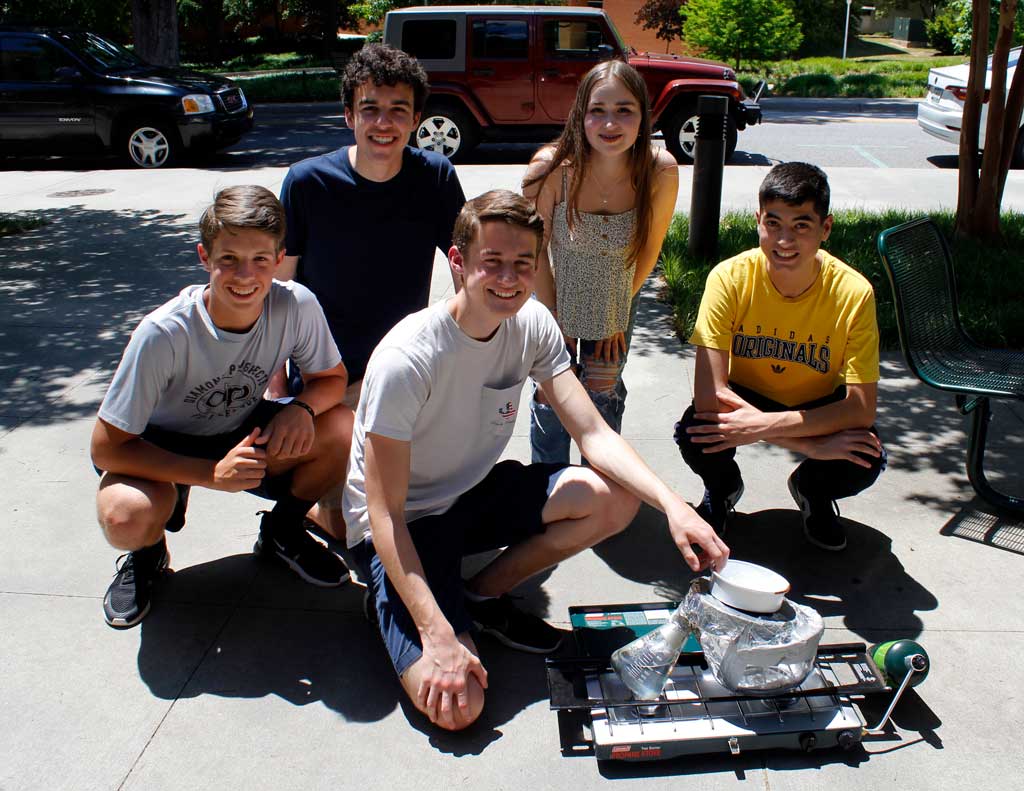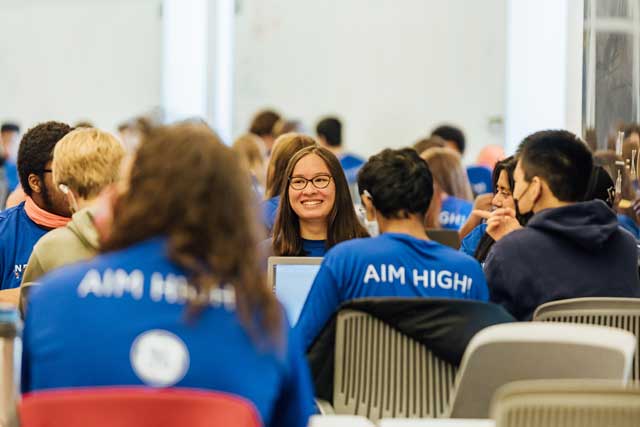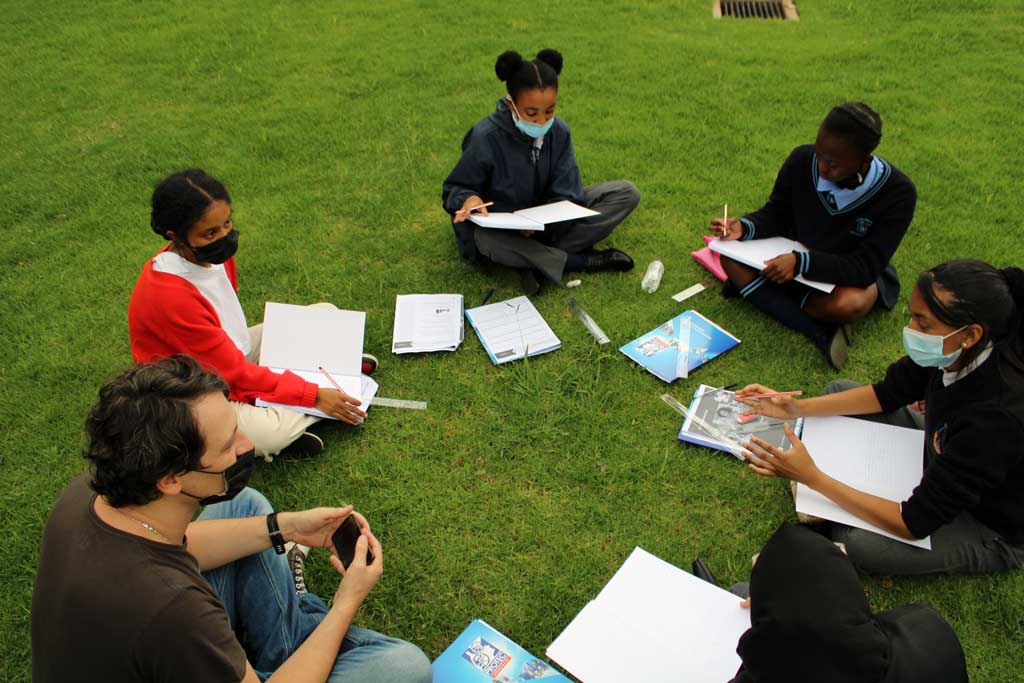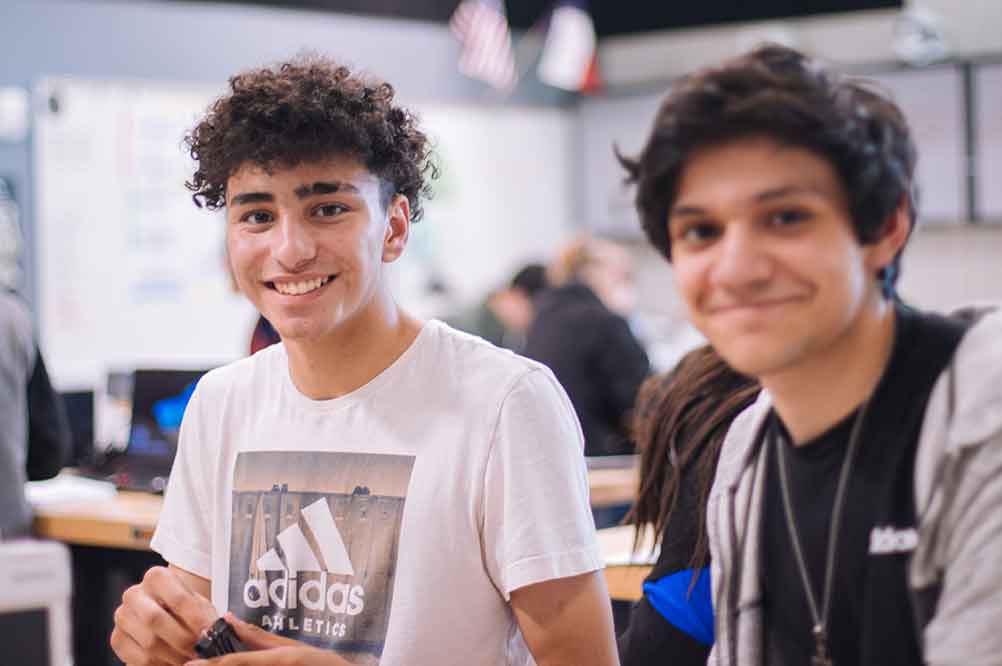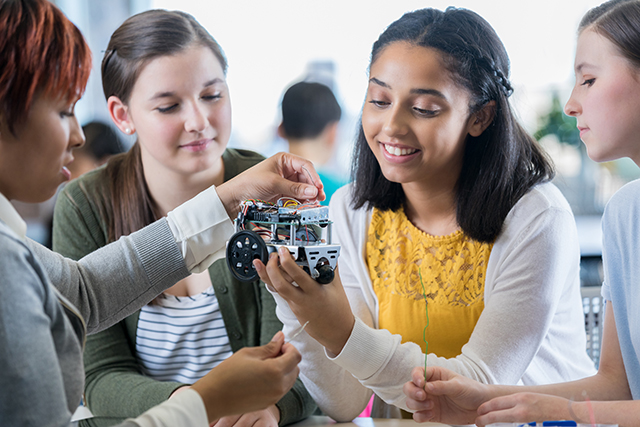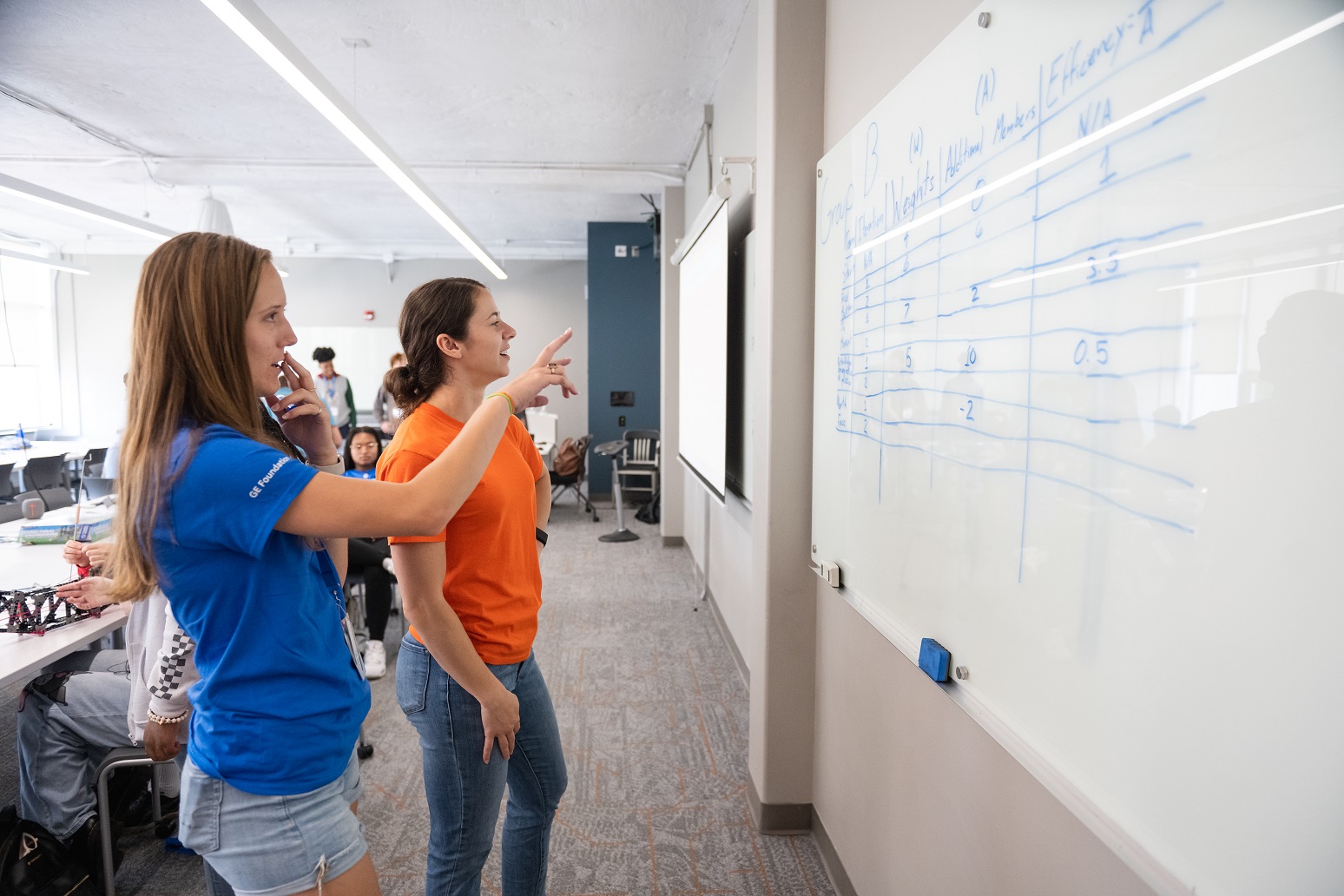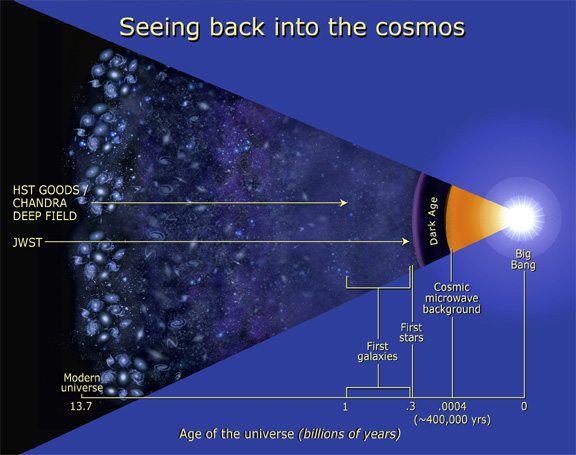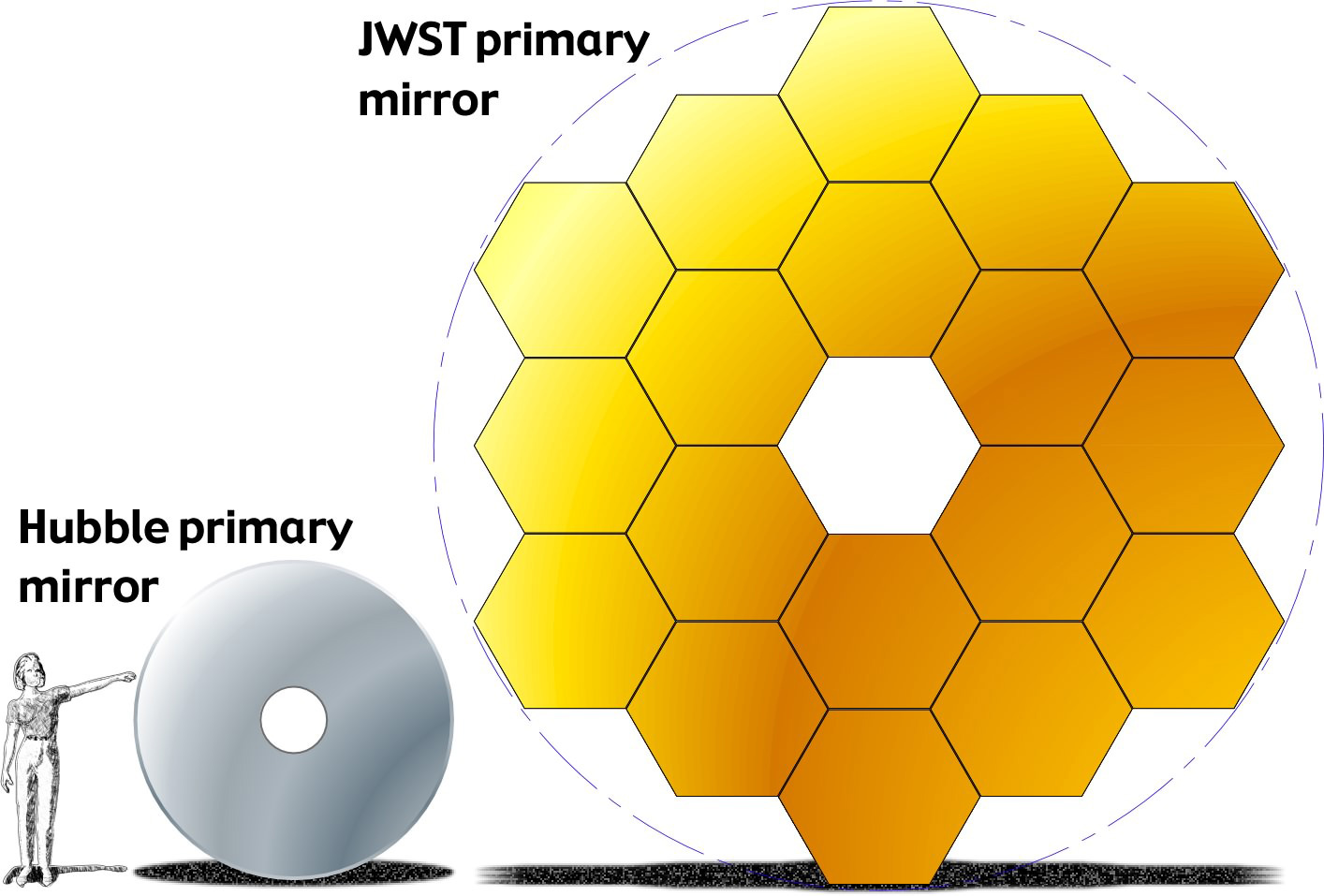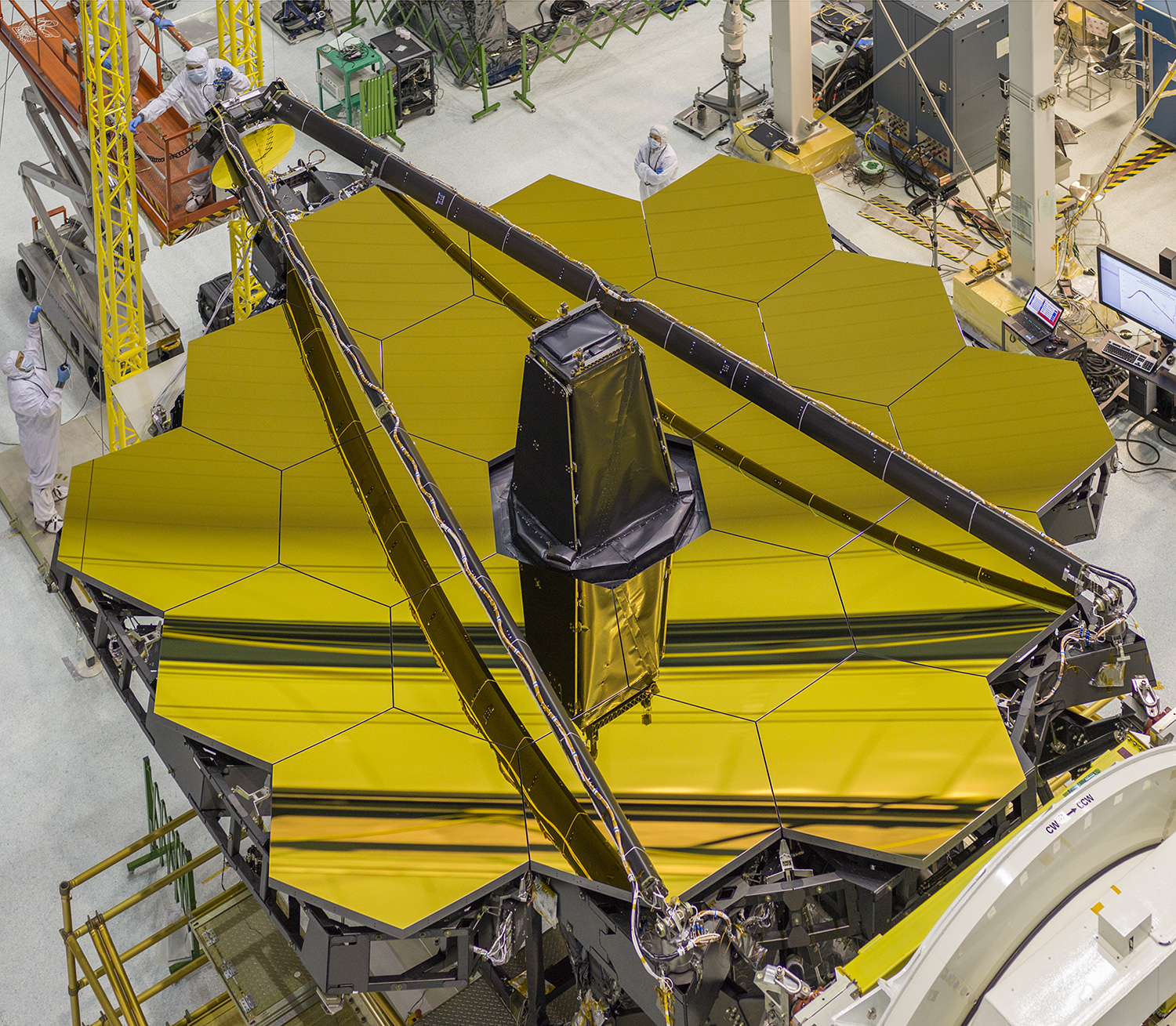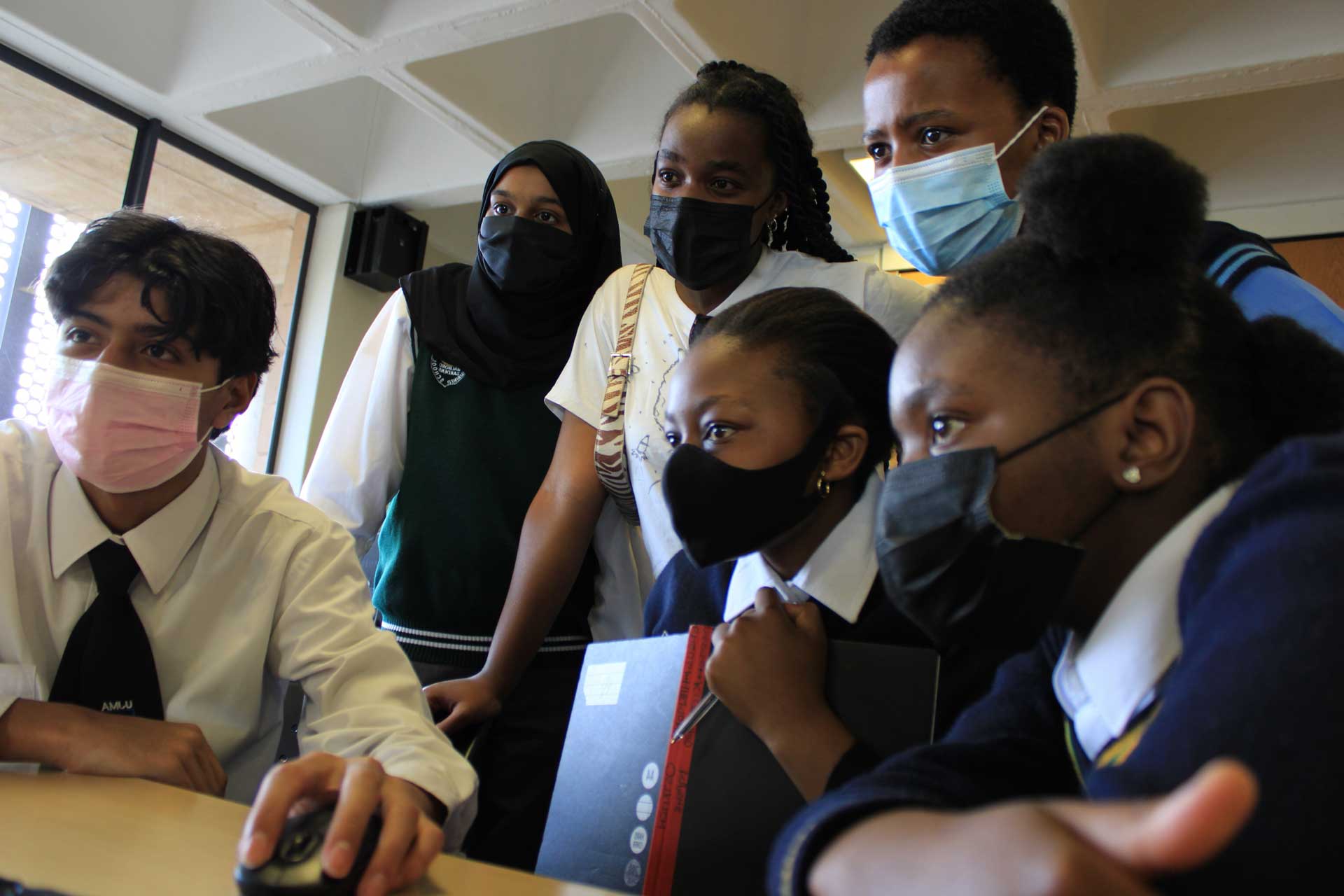

The James Webb Space Telescope is designed to see objects in space further away than any other telescope ever, thus seeing further back in time than we have ever done. Scientists hope to see back in time almost to the moment of the Big Bang, the birth of the universe. This was about 13 billion years ago when the very first stars and galaxies were born.
It will only be able to do this by collecting and concentrating the tiny amounts of light that come from these very distant and very dim objects. But to collect enough light to make a clear image you need an enormous 6.5 m (21 feet) wide mirror. That is over two stories high. The Hubble Space Telescope’s primary mirror is only 2.4 m (7.87 ft) wide.
The James Webb primary mirror has 18 regular hexagonal segments, each 1.32 m flat to flat.
In a regular hexagon all the sides are equal in length. Can you calculate the actual surface area of the James Webb primary mirror?
HINT: The relationship between the distance flat to flat (f) and the length of the sides (s) of the hexagon is f = 1.732 x s
What's a Parabola?
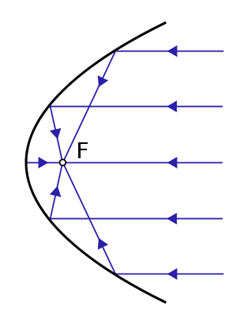
A diagram of a parabolic reflector, reflecting light rays to the focal point, F. Image by Filu released under a GNU Free Document license.
Play with this simulation of a parabolic reflector and see if you can figure out why all the light rays are reflected to the same spot, the focal point.
What other objects have you seen that are parabolic reflectors?

